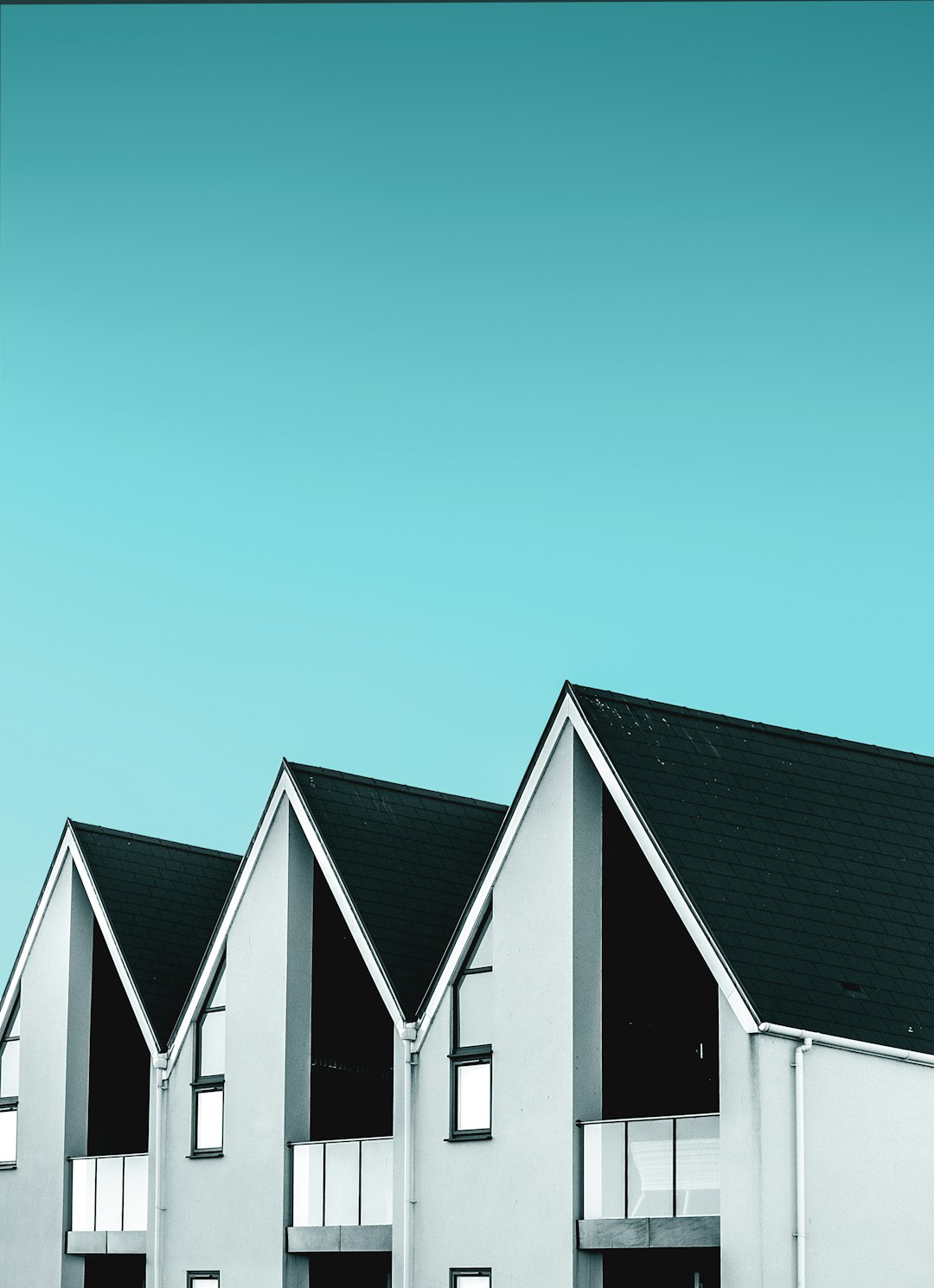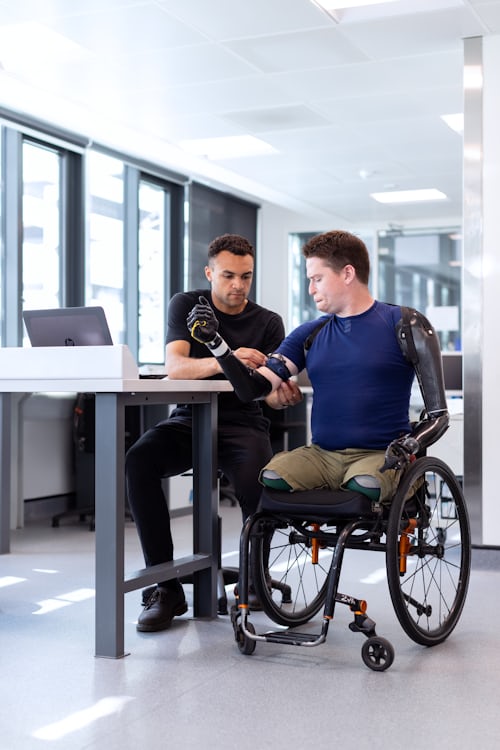
In the ever-evolving globe of architecture, developing styles play an important role in shaping our urban landscapes. Modern architectural practices not just prioritize aesthetics but additionally consider sustainability, capability, and the wellness of the passengers. As cities increase and the requirement for effective use of room grows, ingenious layouts emerge to satisfy these challenges while pushing creative borders. This post checks out some innovative building layouts that are setting brand-new fads in the market.
One considerable trend in modern design is the combination of sustainable products and energy-efficient systems. Structure layouts today commonly utilize environmentally friendly materials such as bamboo, reused steel, and pre-cast concrete. Moreover, architects are progressively integrating renewable energy resources, consisting of photovoltaic panels and green roof coverings, into their tasks. These attributes not only decrease the carbon footprint of structures yet also contribute to reduce power prices for passengers, aligning with the global press in the direction of sustainability.
One more amazing innovation in structure layouts is making use of biophilic aspects. This layout philosophy seeks to connect owners with nature, improving health and productivity. Including huge home windows, all-natural light, and interior greenery produces a harmonious environment that fosters a feeling of peace and link to the outside world. Furthermore, water features and natural products are often woven into the layout, additional enhancing the nurturing atmosphere that biophilic designs advertise.
Technological technologies have also reinvented building designs, especially with the surge of smart buildings. These structures utilize innovative technology to keep track of and regulate numerous systems, consisting of lights, heating, and protection, all from a central digital platform. The combination of artificial intelligence and the Net of Points (IoT) not just improves power performance but also boosts the total individual experience. With remote access and automation, clever structures are leading the way towards a much more interconnected, user-centric building future.
Finally, the future of building styles is set to be specified by sustainability, biophilic concepts, and technological improvements. As designers continue to innovate, these components will certainly produce rooms that are not only useful but additionally enhancing and involving for their residents. Welcoming such modern design trends will enable us to form urban atmospheres that are both gorgeous and for a much healthier lifestyle, making certain that design advances attuned to the requirements of the planet and its citizens.
 Tips for Choosing a Water well drilling company
Tips for Choosing a Water well drilling company 



 How to Choose Credible Printing Companies
How to Choose Credible Printing Companies Tech PR
Tech PR Employing Commercial Roofer
Employing Commercial Roofer